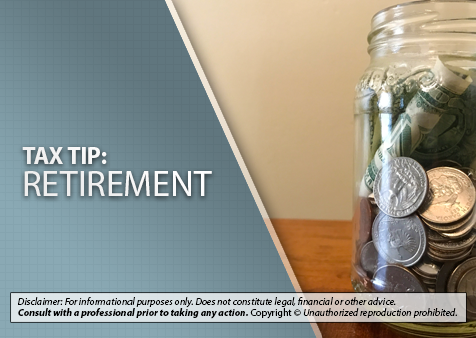Many taxpayers who hold traditional IRAs or other retirement accounts must make annual withdrawals called Required Minimum Distributions, or RMDs. The CARES Act waived most RMDs for tax year 2020, and also created special tax rules for 2020 RMDs that were reclassified as “coronavirus-related distributions.” Those special provisions have now expired, so standard IRS rules apply for 2021 RMDs.
In general, taxpayers with traditional IRAs or certain other retirement plans must take a 2021 RMD if they either (a) reached age 70 1/2 in 2019 or before, or (b) reach age 72 in 2021. As a rule, RMDs are taxable income, usually at the person’s ordinary income tax rate.
In addition, someone who inherited an IRA from a person who died before 2020 generally must take a 2021 RMD, regardless of their age. If you inherited a retirement plan from someone who died on or after January 1, 2020, you may either need to take annual RMDs or withdraw all funds from the account within 10 years, depending on your circumstances. These rules apply to both traditional and Roth inherited IRAs, although RMDs from Roth IRAs may not be taxed.
For most people, the deadline to take 2021 RMDs is December 31, 2021. However, those who turn 72 this year generally have until April 1, 2022 to take their first RMD. If this exception applies to you, keep in mind that you will need to take your second RMD by December 31, 2022. Therefore, you may end up owing tax on both your first and second RMDs in 2022. Taking your first RMD in 2021 will prevent this issue.
RMD amounts depend on the recipient’s age and other factors. A tax professional can help you determine whether you must take a 2021 RMD or other IRA withdrawal, how to calculate the amount, and how to report the withdrawal to the IRS.



